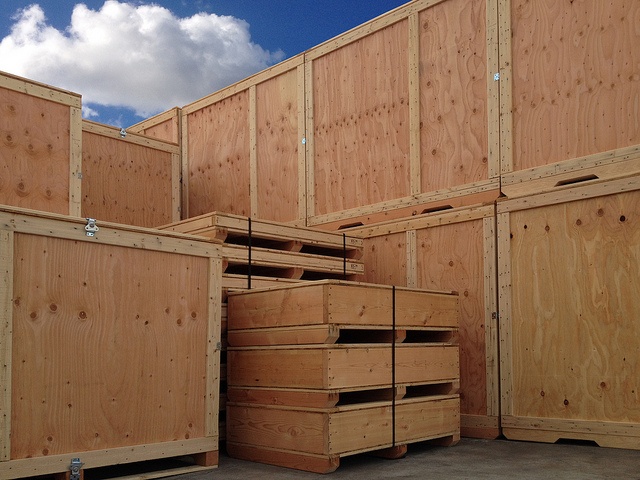There are many different types of dunnage materials for wood shipping crates, each with its own benefits and drawbacks. There’s foam or plastic, inflatable or fabric, and then there’s wood.
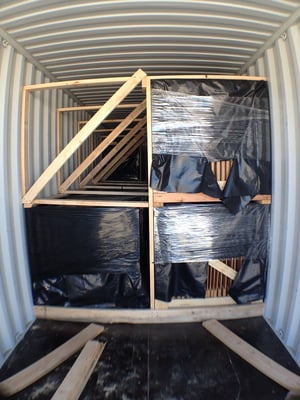
Wood dunnage is one of the easiest types to obtain because its often available in abundance on warehouse or facility floors and it can be fit to just about any size shipment. Besides flexibility and availability, wood is super-efficient and environmentally friendly. In fact, wood is the only 100% renewable resource in the manufacturing of building products.
With all of these benefits though, wood dunnage does come with a caveat. Mainly, certain federal regulations must be adhered to in order to avoid fines, export delays, penalties, or damage to the environment.
If you follow the rules, you will enjoy all of the benefits this popular material has to offer, while staying in compliance with government rules. This post will guide you through the regulation hoops to help you decide if this material is a good fit for your company’s packaging needs.
ISPM 15 Heat Treatment: Don’t Do Wood Dunnage Without It
If your company ships its products overseas, then you need to know about ISPM 15—the heat treatment of wood. If you don’t learn about it before your next big shipment, you face certain consequences for non-compliant wood products.
Heat treatment (HT) is a non-chemical process to kill pests in wood to assure the health of other ecosystems. This thermal treatment goes beyond the surface to kill any living organisms and improve resistance to rot and fungus.
The Heat Treatment Program was developed in order for the American Lumber Standard Committee (ALSC) to implement a quality control program for the official labeling of heat-treated wood products:
- HT Stamp: The measure applies to many wood packaging materials but excludes products made from alternative materials such as OSB, hardboard, and plywood.
- WPM stamp: Crate manufacturers will often buy certified heat treated lumber for the construction of their wood packaging materials and apply this stamp on the finished crate.
- DUN stamp. Dunnage is often used in conjunction with sea containers to restrict the movement of the internal boxes so they remain static during transit.
Options to Source Wood Dunnage with ISPM 15 Heat Treatment
Unfortunately, packaging manufacturers are not legally allowed to sell loose lumber featuring their permitted "ISPM 15 HT" or "ISPM 15 WPM" stamp.
However, Valley Box can sell lumber stamped “DUN” indicating dunnage that's been heat-treated. There are a few key things to keep in mind:

WPM Stamp Wood Packaging Material (WPM) – Wood crate manufacturers will often use certified heat-treated lumber for the construction of their wood packaging materials and apply the proper WPM stamp on the finished product. Application Requirements: 2 opposite placements. |
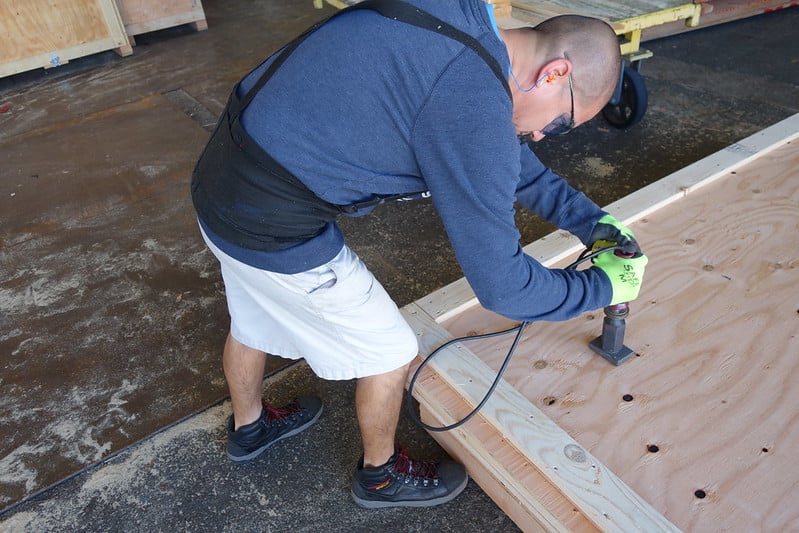
|
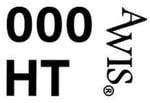
HT Mill Stamp When loose lumber is used in conjunction with the wood shipping crate to restrict the movement of products inside the crate it must bear the HT stamp from VBC. If we cut it to smaller pieces and sell it as loose lumber? Then VBC adds this Stamp every 12” |
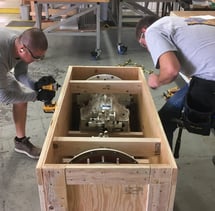 |
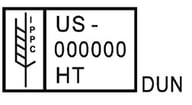
Dunnage Stamp Dunnage is not used inside or on the exterior of any individual wooden box or crate. It is used within a shipping container (40’ or 20’ ISO Containers) to block individual boxes from shifting in transit. When the individual boxes are unloaded from the shipping container, this material is typically left on the floor or discarded. Example: Dunnage is used to hold a car in place in transport, but the Dunnage is not part of the car.
|
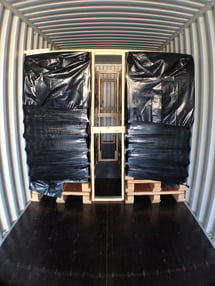 |
Stay Informed with Wood Dunnage Updates
Notice to U.S. Exporters: Altering Certified Wood Packaging Materials
Ensure that you stay compliant by keeping up with compliance alerts. The USDA and APHIS have released an official notice to all U.S. Exporters regarding the alteration of certified wood products.
Essentially, the notice states that ISPM 15 stamped wood shipping crates or pallets that are altered or repaired must be re-certified by an approved wood packaging material production company.
To avoid unnecessary export delays and possible fines, do not mix wood in or on the packaging and distribute this notification to everyone in your organization that may have an interest in the subject. Read the entire official notice.
Need an inspection?
PACKAGE RESEARCH LABORATORY
The USDA recommends contacting one of the inspection agencies under the Heat Treatment Programs to get information on obtaining officially marked dunnage. Check out Package Research Laboratory they have friendly inspection agents located throughout the United States.
Contact
www.package-testing.com
(973) 627-4405
MORE INSPECTION AGENCIES
For a list of inspection agencies and contact information, visit the American Lumber Standard Committee (ALSC) website. Currently, there are 19 accredited independent third-party agencies with operations of these agencies extending to approximately 5,300 facilities. They have a convenient contact list on their official website.
Contact
www.ALSC.org
(301) 972-1700


